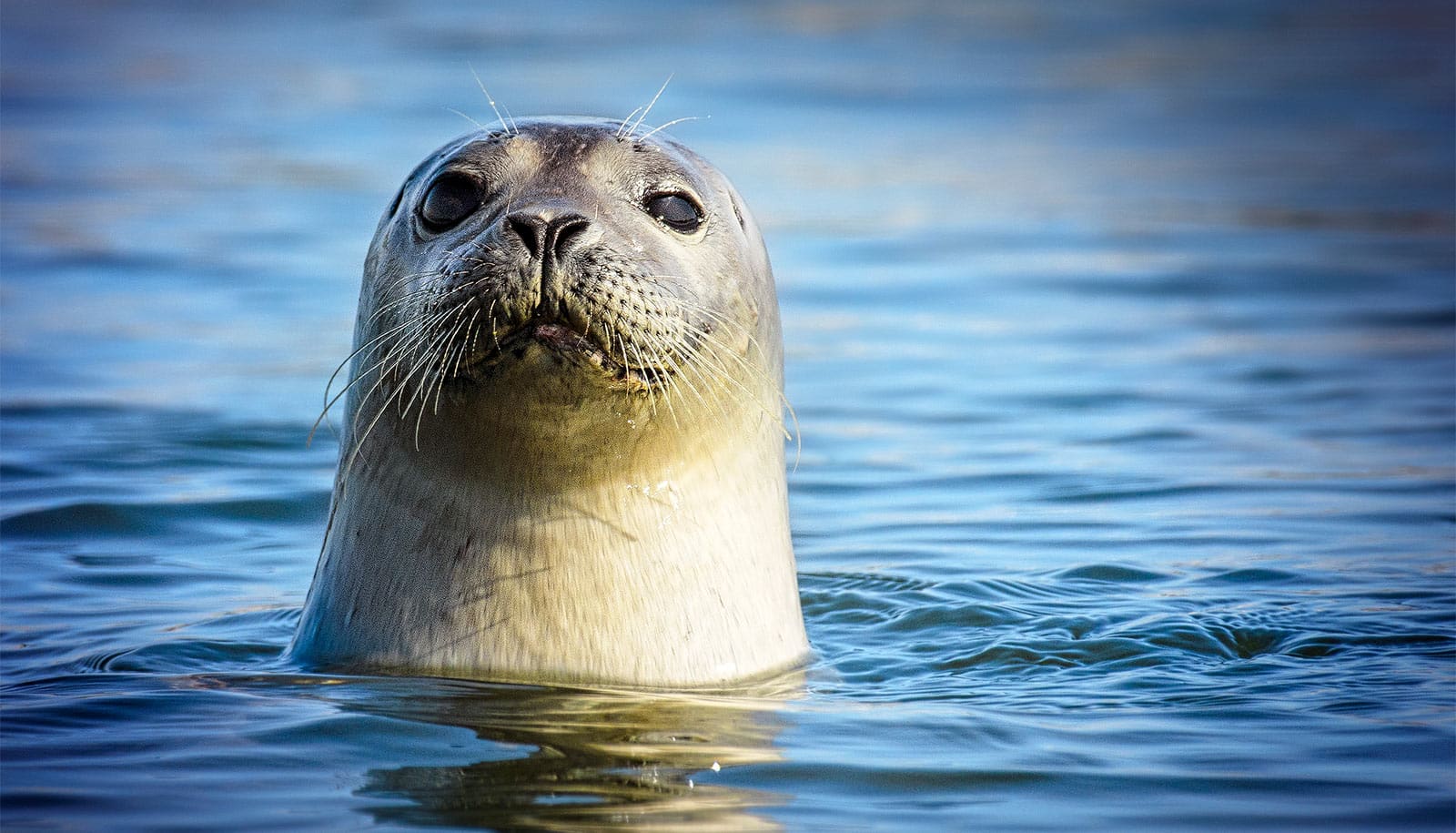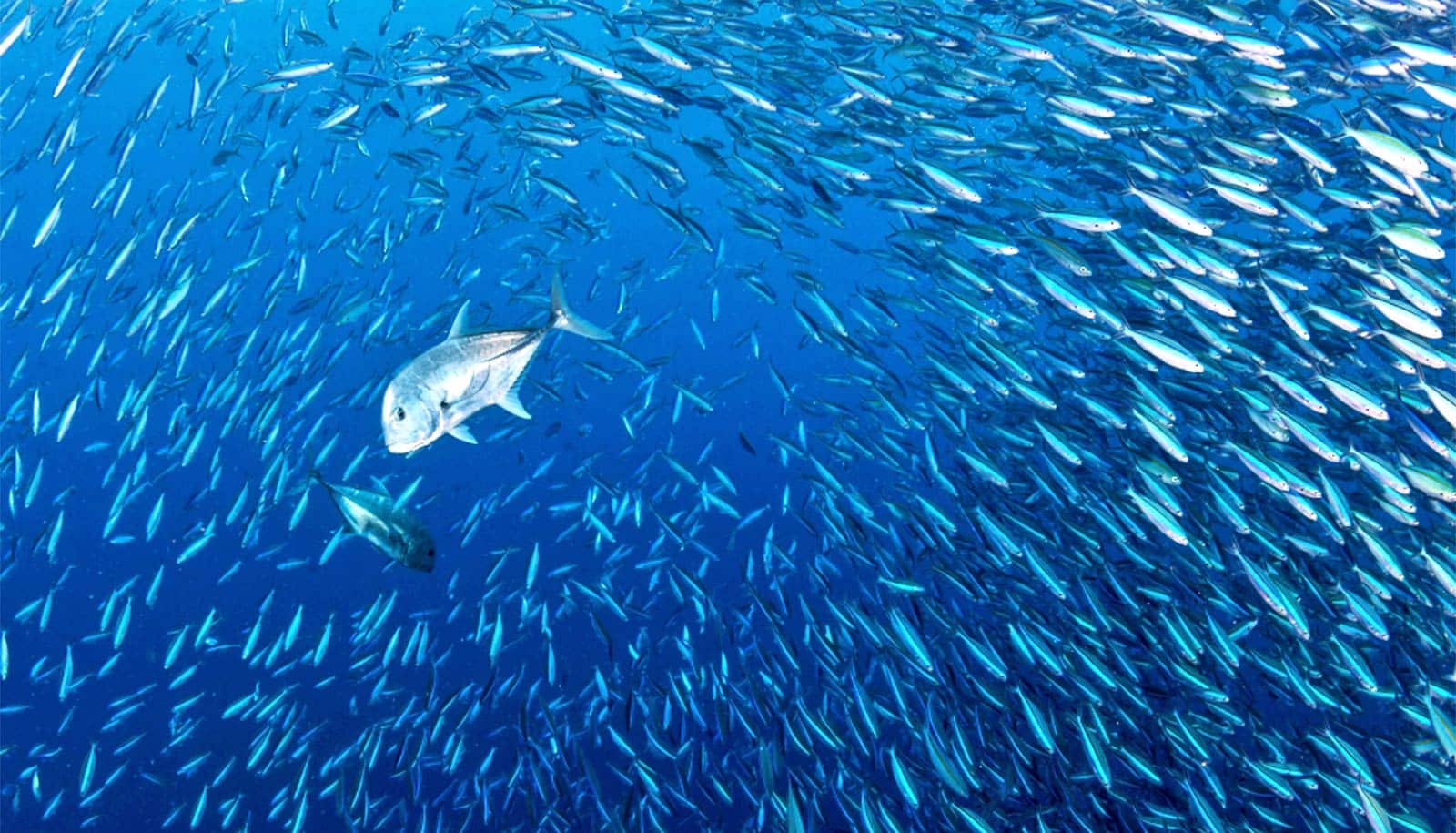Many important ocean regions off the coasts of the mainland United States are significantly unprotected, according to a new analysis of marine protected areas.
The study finds that large portions of the coast have only 5% or less of its area conserved and a vast majority of the Mid-Atlantic coast unprotected.
Marine protected areas (MPAs) are a key tool for achieving goals for biodiversity, conservation, and human well-being, including improving climate resilience and equitable access to nature. Without them, critical marine systems and the coastal economies that depend on them are left vulnerable to unprecedented ecological pressures.
For the study in Frontiers in Marine Science, researchers used the groundbreaking science-based framework, the MPA Guide, to evaluate the United States’ 50 largest MPAs, which make up 99.7% of all US MPA coverage.
They found that over 96% of the total MPA area, and 99% of the US MPA area that is fully or highly protected from extractive and destructive human activities—is located in the central Pacific Ocean.
MPA coverage in other regions is surprisingly sparse. Just 1.9% of the US waters outside the central Pacific benefit from any MPA protections and most of those are considered only lightly or minimally protected.
Previously an international collaboration of scientists published the MPA Guide, a framework for effective ocean protection. This new research is the first systematic application of the MPA Guide to an entire nation’s waters.
The authors urge that if the US doesn’t ramp up its ocean conservation efforts, the country will have a difficult time meeting conservation goals laid out in the Biden Administration’s “America the Beautiful” initiative, and the “30 by 30” MPA goal.
“A lot of work needs to be done, and quickly, to significantly expand marine protection in vast areas of the US waters that have been largely neglected,” says coauthor Ellen Pikitch, professor of ocean conservation science at Stony Brook University’s School of Marine and Atmospheric Sciences. “Of particular concern is that only 0.3% of the Mid-Atlantic region is conserved, and the strength of that protection is very weak.”
While it appears the US is coming close to the goal of protecting 30% of its oceans, currently at 26%, the figure is misleading as the vast majority of that protection is in one ecosystem—the Central Pacific Ocean—and the current approach to ocean conservation is not representative of the entire US ocean that surrounds much of the nation, Pikitch says.
Accomplishing the 30% MPA goal will require a lot of effort, Pikitch says. In order for all ocean regions of the US to reach 30% MPA coverage it would be necessary to protect more than 700,000 square miles of non-central Pacific waters. This is an area larger than the size of the state of Alaska, and about 13.5 times the size of New York state.
Regarding the areas where MPA representation is well under 5% or even close to zero, Pikitch says: “Equitable representation is a guiding principle in all we do, such as in government, and this should also apply to ocean conservation.
“Most of the waters off our shores with their varied environments and diverse ocean wildlife have been left unprotected. This not only affects sea creatures and the ocean itself but deprives huge portions of human populations, particularly in the Mid-Atlantic region, from the economic, ecological, climate, social, and cultural benefits that MPAs can provide. Given strong political will we can quickly begin to improve the representativeness within all those regions nationwide that lag in MPA coverage.”
Overall, in terms of study findings and what can be done to ramp up ocean conservation, the authors write: “We recommend key opportunities for action specific to the US context, including increasing funding, research, equity, and protection level for new and existing US MPAs.”
Source: Stony Brook University



